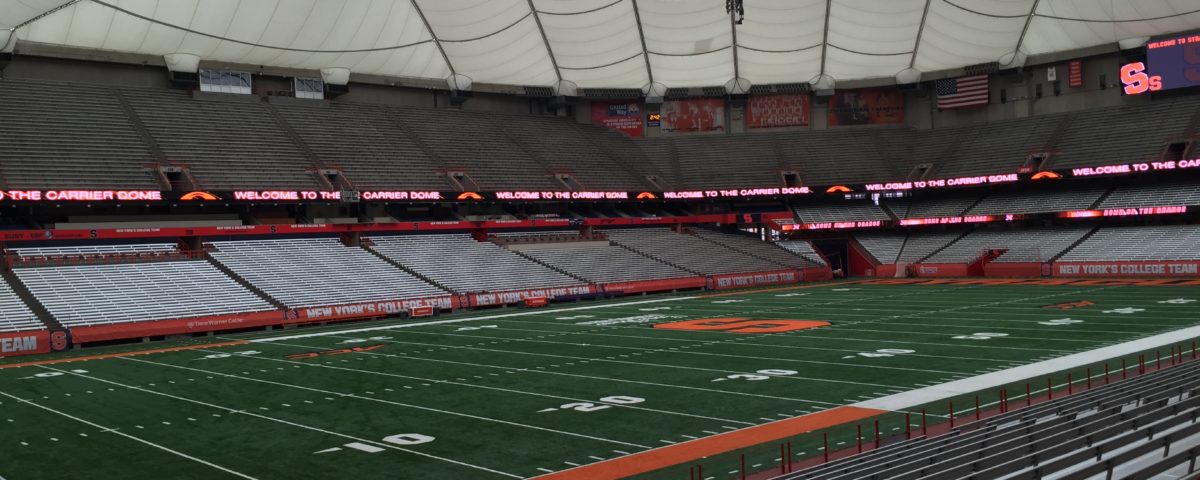What Are Colleges Planning To Do This Fall?

Although many plans won’t be released until later this month or in July, we are getting an inkling of what some colleges and universities are planning on doing. Most schools seem to be leaning towards having students on campus, but are not as yet certain as to what that occupancy will look like. They will have to figure out distancing within rooms and bathrooms, as well as stepped-up bathroom cleaning schedules. Guest policies may change, perhaps with only residents of a particular residence hall allowed or no overnight guests. In some schools, students may find themselves housed in hotels as colleges look towards spacing out students and offering single rooms. It may become the norm to take the next elevator so that elevator occupancy can be lower. Family weekend is in doubt, as are team sports, and even if games are played, stadiums and arenas will be empty of fans. Dining halls will be arranged with physical distancing in mind – and goodbye to buffets. Students will have to rely on being served rather than on serving themselves. There may be limits to the number of people who can enter a dining room at one time, and students may even have to make reservations for breakfast, lunch and dinner. Schools in warm climates may lean towards more ways to eat outside, even putting up tents.
Colleges and Universities are expected to institute regular testing for Covid-19 and contact tracing, creating quarantine and isolation protocols, increasing cleaning of campus spaces, and requiring and enforcing social distancing and wearing masks.
And what will the academic calendar and experience look like?
Institutions, such as the University of Pennsylvania, are considering various scenarios, including ones that are a hybrid of in-person and online learning. According to a letter from Penn’s president about that option: “…classroom instruction would be offered for small seminars, research group meetings, experiential clinics, studios, and other courses enrolling no more than 25 students. These classes could be offered in lecture halls and other large venues that accommodate physical distancing and facial coverings and could even include newly installed Plexiglas barriers for separating lecturers from the audience. All larger classes of more than 25 students would be delivered online, even for those living on campus.”
Some schools, like the University of Notre Dame, may move back their start dates to earlier in the summer, foregoing fall break, and ending the in-person semester by Thanksgiving, asking students to go online for final exams. At Duke University, the fall semester will run through Thanksgiving without a fall break. The spring semester will begin a week late and run through the end of April without a spring break. Some colleges may offer the fall 2020 semester in the same way as Beloit College which will divide it into two modules in which students will take two courses before fall break and two after. Colgate University is creating two grading periods, one from August to October and one from October to December in addition to adding a new instructional period during the first two weeks of January and a new June term.
A student at Brown University told me that the school is shifting to a trimester system in which each student takes two of the three semesters on campus – fall, spring and summer – but he doesn’t know as yet how that will be determined. He said that students will all have singles next year.
Finally, if you are an athlete, please make sure you keep in touch with coaches, as one way that colleges may be looking to save money is to eliminate certain sports programs for the time being. Unfortunately, Furman University, for one, has eliminated its baseball and men’s lacrosse programs due to budget cuts caused by the Covid-19 outbreak.

